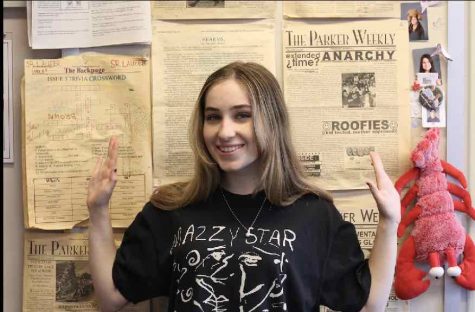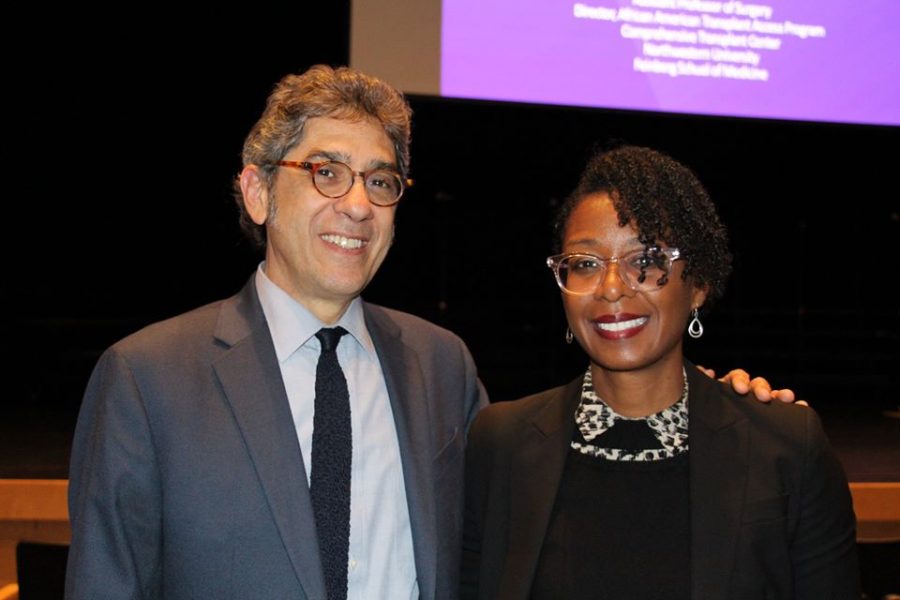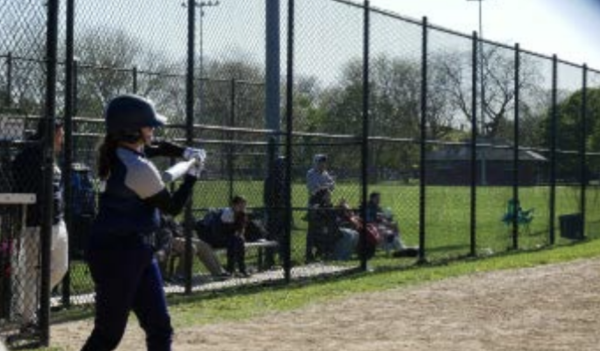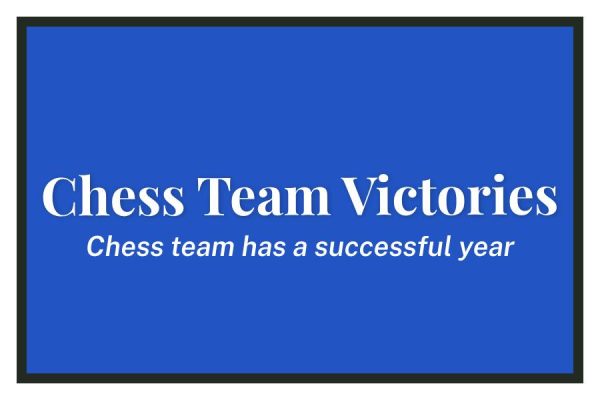Transplanting Knowledge
Visiting Scientist Dr. Dinee Simpson Returns
While some high schoolers were discussing the bystander effect and Kitty Genovese, others were taking a more interdisciplinary approach to ethics in the science wing with the 13th Annual Robert A. Pritzker Visiting Scientist in Residence, Dr. Dinee Simpson. On February 3, Simpson came for her second visit to the school to present seniors and seventh and eighth grades with real-world examples of transplant bioethics.
Simpson’s days are normally full of long hours in the clinic and the operating room as a kidney, liver, and pancreas transplant surgeon at Northwestern Memorial High School. On February 3, however, Simpson arrived at around 9:30 to teach the three grades and make an afternoon appearance in the lower school.
For the first and second-grade science classes, taught by James Audrain and Heather Sheahan, Simpson gave a synopsis of her work similar to one she gave for career day synopsis of her work. “What it’s like to be a doctor, what it’s like to help people,” Simpson said. “I was giving them some simple analogies to understand transplant and why we need to do it.”
Upper School Science Teacher Kara Schupp teaches Advanced Topics in Biology to nine seniors. After Simpson visited Schupp’s ninth graders in the fall, Schupp wanted to bring her in once more after the seniors had more mastered more content.
Schupp’s class is currently learning about cell communication, hormone regulation, and organ rejection, a curricular connection to Simpson’s work with kidney transplants. “We’re starting to learn about how insulin is going to help regulate the glucose levels in the blood,” Schupp said. “When that doesn’t work properly, what that leads to is kidney disease.”
Schupp was also interested in Simpson’s work on the committee that considers who can receive organ transplants that are often life-saving. “As we were brainstorming what might be interesting, she mentioned the ethical situations that arise with such a delicate thing,” Schupp said. “What happens if somebody says they willingly donate, except later you find out that they were paid to do so?”
“They’ve got to know a little bit of that biology but then it’s making a human decision, weighing a number of factors, some biological and some sort of human factors to figure out what is the best person to have that transplant,” Upper School Science Teacher and Department Chair George Austin said.
Simpson brought in three different real-world patients to present to the students, deliberately leaving some details out. The Advanced Topics in Biology class was presented with the rules of selection: patients must be otherwise healthy and compliant with treatment, have valid insurance, social support, and no addiction.
“She actually brought in three real examples of candidates for transplant and had us deliberate on who should get a kidney which was super cool and proved to be a difficult task,” senior and Advanced Topics in Biology student Natalie Daskal said. “It was such an incredible opportunity to be able to learn about transplants from one of the leading doctors in the field.”
“All three of the patients could have had a very different outcome if they were judged by how they looked,” Simpson said. “I purposely left out appearance when I first gave them the case scenarios. I discussed with them how appearance or race or socioeconomic status may have affected the outcome for that patient.”
Simpson’s presentation highlighted the racial disparity in the world of transplant. Black patients are less likely to be recommended for life-saving therapy and perceived as less likely to comply with treatment, among other generalizations and stereotypes held by doctors.
While Simpson gave a more complex list of requirements to the seniors, she used the same three case studies across grade levels. As examples were based on real-life, they involved life-or-death stakes. “I left all the heavy details in there,” Simpson said.
Simpson spends about 6 hours a week dealing with these complexities on the transplant panel for kidney and liver and another 4 hours to meet with patients in the clinic so she can present them to the panel.
To make her case for each patient, Simpson works through her snap-judgments and uses an empathetic lens. “It’s really easy to look at somebody from where you’re standing and from your experience to judge them,” Simpson said. “You put yourselves in their situation, with their circumstances, their resources or lack thereof, and try to make a judgment.”
“Some of the most outstanding moments in my career are when I realize I’ve misjudged someone,” Simpson said, “especially when I have the opportunity to correct that.” Simpson tried to communicate this to the students, pointing to the importance of listening and avoiding snap judgments as a simple step to combat distrust of the medical community.
Though Simpson spends the majority of her time in surgery, the science department was intrigued by Simpson’s focus on equity. “She’s noticed that there is a great deal of under-representation of a number of groups in getting a transplant. She wants to know why that is and work towards a more equitable system,” Austin said. “That made us feel like this is a person we want to bring in for yet another way to connect with our students.”
The science department is already preparing to bring in other scientists with twofold benefits like Simpson. “We’ve been talking as a department about what kind of areas of science have we not had representation from,” Austin said, “and what would we like to connect to our curriculum.”
Until then, Simpson will finish out her residency with a visit to her operating theater in the spring, where she hopes to teach students how to maintain a sterile working field and work under time pressure. “When I was training to be a transplant surgeon, every minute that went by, I had this one doctor who’d be like another cell just died,” Simpson said. “I’m trying to think of some time trials that I can give to the kids to try to get them to be mindful of that while trying to be sterile.”
“Her coming here gives them access to her story to her life and how she’s changing the world, literally,” Schupp said, “and then additionally we’re able to go to her and see the space in which she works and changes lives.”










